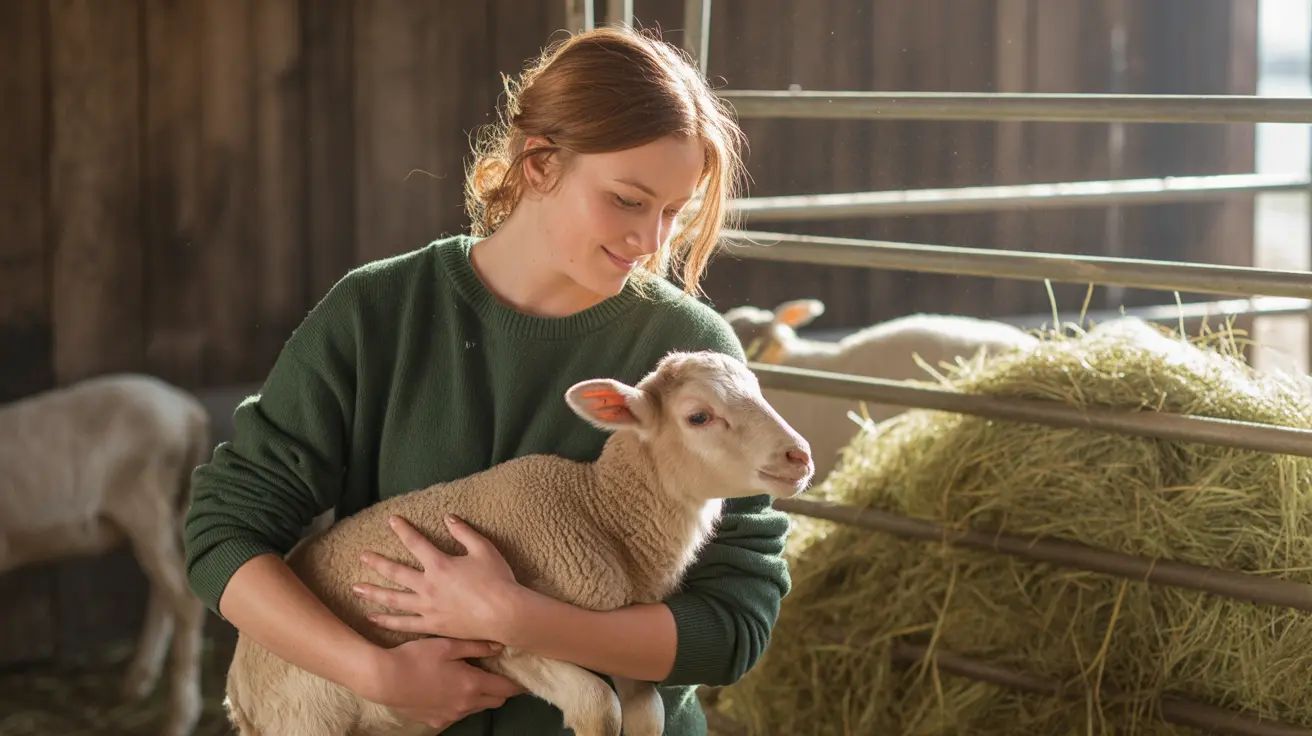Why You Should Never Feed Raw Pork to Dogs
Feeding your dog a healthy, balanced diet is essential for their overall well-being. While meat is a common and often necessary part of a dog’s meal plan, not all types of meat are safe. One meat in particular poses a significant risk to your canine companion:
raw or undercooked pork.
The Dangers of Feeding Raw Pork to Dogs
Raw pork presents multiple health hazards for dogs and should be avoided for the following reasons:
- Trichinella spiralis parasites: Raw pork may contain these parasites, which can cause trichinosis, a potentially serious disease affecting the muscles and organs.
- Bacterial contamination: Like other raw meats, pork can harbor dangerous bacteria such as Salmonella and Listeria, leading to gastrointestinal issues and systemic infections.
- High fat content: Pork cuts are typically high in fat, which can trigger conditions like pancreatitis—a painful and potentially life-threatening inflammation of the pancreas.
Symptoms of Trichinosis in Dogs
Trichinosis is caused by ingesting meat infected with
Trichinella larvae. Dogs exposed to this parasite may experience symptoms like:
- Lethargy
- Vomiting and diarrhea
- Fever
- Muscle inflammation and pain
- Stiffness and difficulty moving
Because these symptoms are not specific and can mimic other illnesses, it's critical to contact a veterinarian right away if your dog shows signs after eating raw pork.
Other Problematic Forms of Pork
While properly cooked pork can sometimes be offered in small quantities, many forms of processed pork are highly dangerous, including:
- Bacon: Extremely high in fat and sodium, which can cause pancreatitis and salt poisoning.
- Sausages: Often contain spices, onion powder, or garlic, all of which are toxic to dogs.
- Ham: Processed ham is rich in salt and preservatives, placing stress on your dog’s kidneys and gastrointestinal system.
Safe Meat Alternatives for Dogs
If you're looking for safe meat options to include in your dog's diet, consider the following:
- Chicken – Skinless, boneless, and fully cooked
- Turkey – Plain, lean cuts without seasoning
- Beef – Fully cooked and trimmed of excess fat
- Lamb – Cooked thoroughly and lean
- Fish – Like salmon or whitefish, but only when deboned and cooked properly
All of these meats should be introduced slowly and without any seasoning, especially with onions or garlic, which are toxic to dogs.
How to Safely Cook Meat for Dogs
To ensure meats are safe for your dog:
- Cook meat thoroughly to the proper internal temperature to kill parasites and bacteria.
- Remove bones before serving, as cooked bones can splinter and cause choking or digestive tract injuries.
- Serve meat plain, without salt, butter, herbs, or spices.
- Store leftovers appropriately to prevent spoilage and bacterial growth.
What to Do If Your Dog Eats Raw Pork
If you suspect your dog has ingested raw pork:
- Contact your veterinarian immediately.
- Watch for signs of gastrointestinal distress or unusual behavior.
- Monitor their temperature and energy level for at least 48 hours.
Your vet may recommend supportive care or diagnostics, including blood tests or deworming agents, depending on your dog’s symptoms and medical history.
Precautionary Measures
- Always read labels before giving your dog human food or leftovers.
- Store raw meats securely out of reach of curious pets.
- When preparing meals for the family that involve pork, dispose of scraps and bones safely.
Final Thoughts
While meat is vital to a dog’s diet,
not all meats are created equal. Pork, particularly in its raw or processed forms, poses substantial risks to your dog’s health. From parasites and bacteria to high fat and sodium levels, the potential dangers outweigh any nutritional benefits. Stick with safer meats, and always consult your vet before introducing any new proteins to your pet’s menu. Your dog’s health and safety should always be the top priority.





